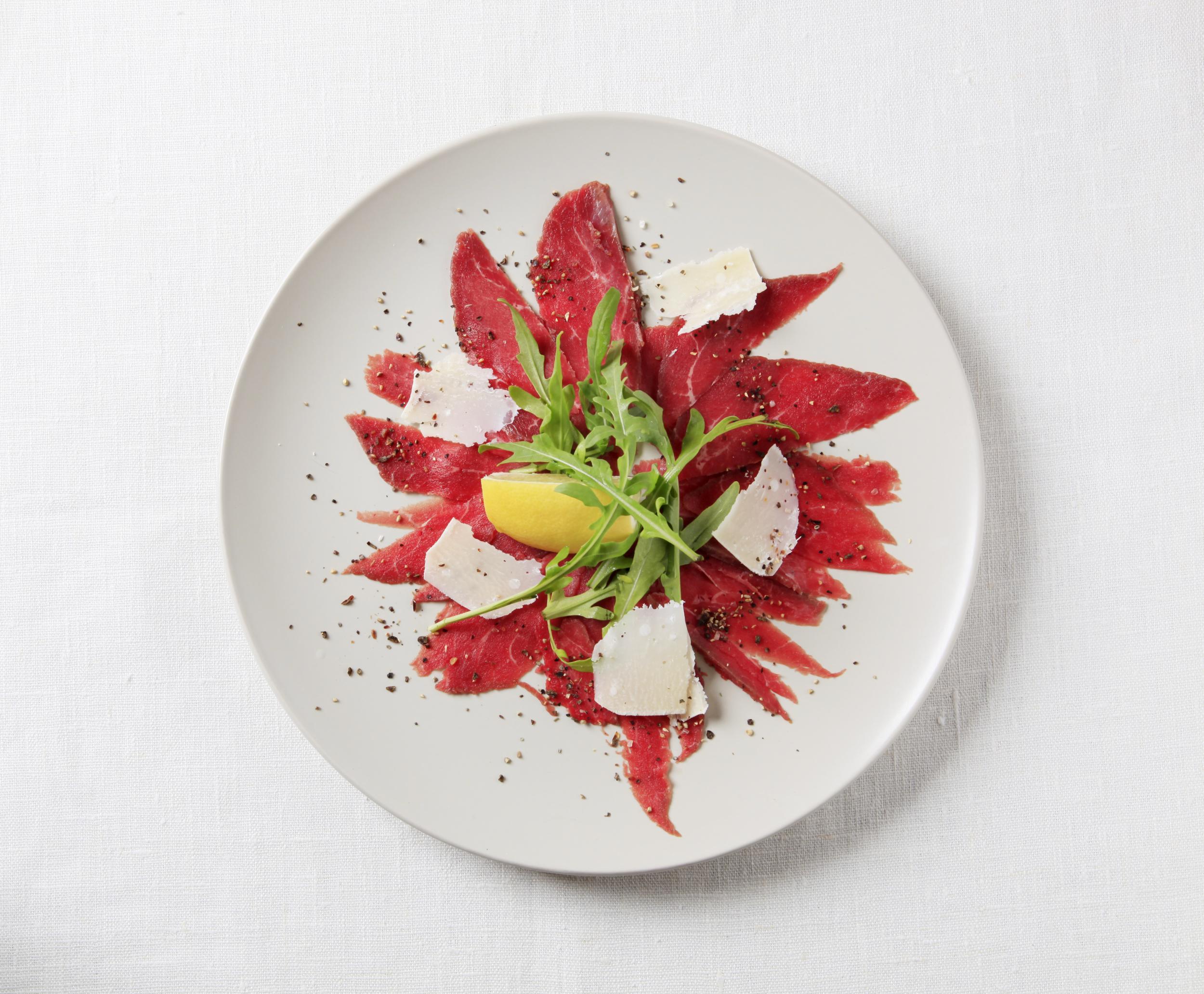Why tasting menus are actually a terrible idea for diners and chefs
Meals lasting hours and costing hundreds of pounds can make for an unforgettable culinary experience – but not always for the right reasons

It seems that everywhere from Michelin-starred restaurants to the dodgy-looking pub down the road are desperate to regale diners with their allegedly mindblowing and lengthy tasting menus. But all too often, the promise of being strapped in for a rollercoaster ride of flavour can see diners trapped in the culinary equivalent of a vomit-inducing loop-de-loop for four hours.
Inspired by the French concept of degustation, tasting menus have been around since the 1970s, but began appearing at top restaurants in the 1990s. They are like an edible CV, with each bite-size course showcasing a skill, an innovation or an idea that should, in theory, set the chef apart from his or her contemporaries. Heston Blumenthal’s tasting menu at The Fat Duck, which is inspired by his perfect day out at the seaside, is among the most iconic. At £255 for 17 courses, it also costs quite a lot more than taking a family of four to Southend for the day, but that’s besides the point. Noma’s 20-dish-strong attempt at the concept, which costs around £110 a head excluding wine, is also world famous and features locally foraged food including its famous pickled and smoked quail eggs.
The stricture of the tasting menu is a double-edged sword. By entirely removing choice from diners, they enable chefs to dazzle their guests with their skills, ideas, inspirations (and egos). But from a more cynical perspective, the bite-sized courses are an easy way for chefs to reduce waste and “make a bit of money,” Rebecca Burr, editor of the Michelin Guide Great Britain and Ireland, adds.
As such meals are – or at least should be – painstaking to conceive, the dishes rarely change. Burr wonders what merit there is in a stagnant menu that ties down the diner. "Where does that leave regular, local customers in terms of choice – and how will that affect the long-term sustainability of the business?" she asks.
"It’s a question of consumer choice and quality of food. A very long menu can often hamper standards, but too little choice limits the customer. We’re seeing a definite shift, though, to restaurants offering both tasting and à la carte options, and I think in general this is to be welcomed."
Chefs appear to be questioning the benefits of this way of eating, too. Richard Turner of the Michelin-starred Turners in Birmingham, recently announced he would be ditching his 10-course, £90 tasting menu because he feared they were an off-putting “straitjacket” for guests. And Daniel Clifford of Midsummer House in Cambridge, which has two Michelin stars, told the Telegraph he gets “so pissed off” at eating a ten-course meal when he only really enjoys one dish. Three courses of mediocrity is really more than enough.
The New York Times critic’s dressing down of Thomas Keller’s Per Se, $325, nine-course tasting menu is a ripe example of how vulnerable it can make a chef.
"Draining off the gluey, oily liquid would have helped a mushroom potpie from turning into a swampy mess. I don’t know what could have saved limp, dispiriting yam dumplings, but it definitely wasn’t a lukewarm matsutake mushroom bouillon as murky and appealing as bong water," he wrote.
Even the untouchable Rene Redzepi of Noma fame might not entirely suit the tasting menu, argues Peter Harden of the Hardens restaurant guide. That’s because, in his opinion, the concept doesn't really fit anyone at all.
“I would say that most of my tasting menu experiences have been terrible,” he says bluntly. “I’ve had the most wonderful meals, like the Noma pop up at Claridge’s. But they are so much less memorable than if someone had taken that skill and created just two or three dishes because, to me, that ends up being much more satisfying."
Customers are being sold a lie in many ways, he adds. The small plates create the illusion of a light meal, tapping into the current trend for healthy eating – but three hours into a 15-course-meal, they might be reluctantly posting a morsel of rare duck into their mouth and feeling six months pregnant. While, for instance, a mezze is a collection of small platters where a guest can edit their experience to a certain extent – swiping hummus with a piece of kobez bread from here, sampling a crisp falafel from there – the same is not the case for a tasting menu. If you hate octopus, well, tough luck. Repulsed by veal? Then maybe avoid courses two, seven and 12 (and also the gaze of the chef if you want to protect his ego).
“I think that the human palate can only really handle a certain number of tastes, unless the artisan putting the experience together is particularly skilled at creating something harmonious,” adds Harden. “There's a good reason why, classically, dining has involved one or two main events on the plate. Sometimes when eating a tasting menu I feel a bit queasy and wish I had a steak."
Asked if we have reached peak tasting menu, some two decades after the concept was first regarded as relatively innovative, Harden adds: "I would love to think we have. I certainly think that we’ve reached the point where tasting menus are ten a penny. Where six or seven years ago it would have indicated someone of wonderfully high aspiration, they are now losing their force."
So, as long as tasting menus are a way for restaurants to upsell to customers, and diners still want to be dazzled, tasting menus will continue to exist. It's up to us diners, then, to avoid the vast majority of them.
Join our commenting forum
Join thought-provoking conversations, follow other Independent readers and see their replies
Comments
Bookmark popover
Removed from bookmarks